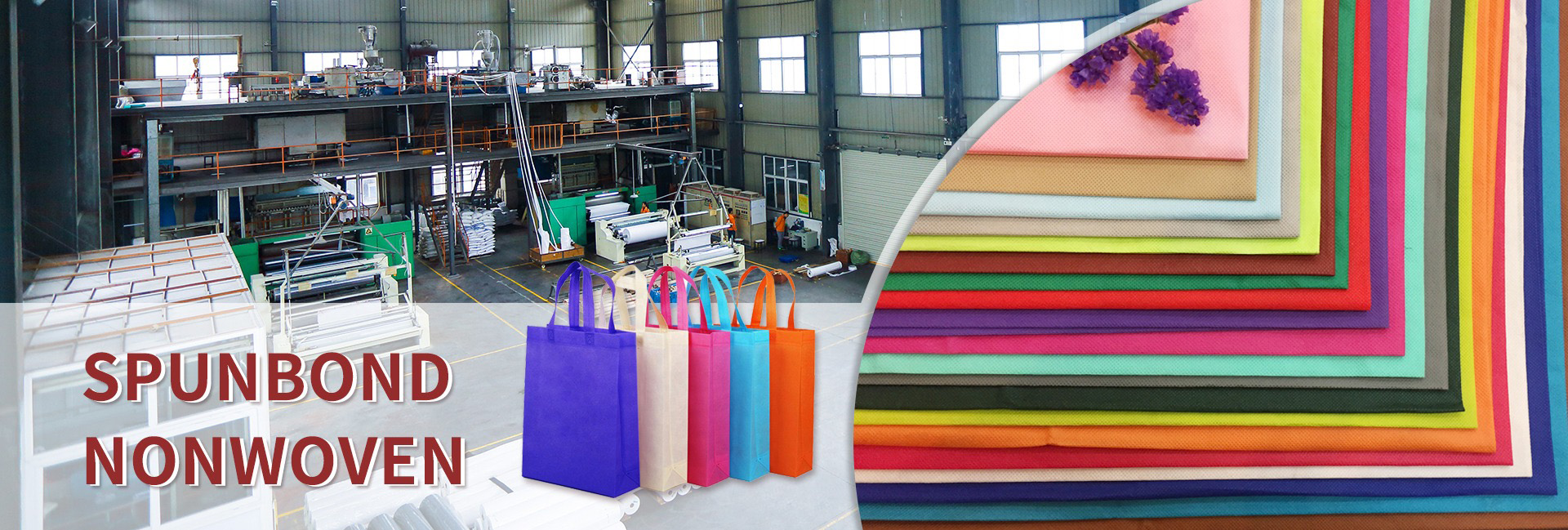As a new type of environmentally friendly material, non-woven fabrics are widely used in various fields. Among them, breathe needle-punched non-woven fabrics and spun-lace non-woven fabrics are two common types, which have certain differences in production process, product characteristics and application fields.
Spunlace nonwoven fabric
A kind of fabric that uses high-pressure fine water flow as a medium to entangle and reinforce the fiber web. It is composed purely of plant cellulose, and after high-pressure water purification, it can be naturally decomposed after one-time use and return to the natural environment without pollution. This kind of fabric can not only replace traditional wet towels and napkins, but also become an ideal choice for hotels, guesthouses, restaurants and other places. It is also widely used in many disciplines such as medicine and health, light industry, electronics, and environmental protection.
Needle-punched nonwoven fabric
As a kind of dry non-woven fabric, the loose fiber web is tightly reinforced through the puncture of the needle to form a solid fabric. It has a wide range of applications, covering geotextiles, geomembranes, velvet cloth, speaker blankets, electric blanket cotton, embroidery cotton, clothing cotton and other fields. It can also be used in the manufacture of Christmas crafts, artificial leather base fabrics and special fabrics for filter materials.
The difference between needle-punched and spunlace nonwovens
Production process
Needle-punched nonwovens are a type of nonwoven fabric formed by reinforcing the fiber layer through mechanical needle-punching. This process allows the fibers to be tightly bound together, with high strength and wear resistance. Spunlace nonwovens, on the other hand, use high-pressure water jets to cross-link the fiber layer, making the fibers more tightly bound together. Compared with the needle-punching process, the spunlace process is softer, making the product softer and more comfortable.
Product characteristics
Due to different production processes, wear resistance needle-punched nonwovens and spunlace nonwovens also differ in product characteristics. Needle-punched nonwovens have high strength and wear resistance, making them widely used in industrial and agricultural fields. At the same time, their good air permeability and moisture absorption also make them occupy a place in household and medical supplies. Spunlace nonwovens are loved by consumers for their soft texture and comfortable feel, and are often used in home decorations, clothing, and daily necessities.
Comparison of application fields
Application fields of needle-punched nonwovens
Needle-punched nonwovens are usually thicker, with a gram weight of more than 80 grams, coarse fibers, a slightly rough feel, and small pinholes on the surface. Its raw materials are extensive and are suitable for filter materials, felt materials, geotextiles and other fields.
Application fields of spunlace nonwovens
Spunlace nonwovens have a delicate feel, with fine strips of spunlace patterns on the surface longitudinally. The gram weight is usually below 80 grams. Special specifications such as 120-250 grams exist, but they are relatively rare. Due to its fine and clean characteristics, spunlace nonwovens are mainly used in the fields of hygiene, medicine and beauty.
Conlusion
In general, needle-punched nonwovens have high strength, wear resistance, breathability and moisture absorption, and are suitable for industrial and medical supplies. Spunlace nonwovens focus more on softness and comfort, and are suitable for home decoration and clothing. When purchasing, it will be more beneficial to choose the right material according to the specific purpose and needs.
Dongguan Liansheng Non woven Technology Co., Ltd. was established in May 2020. It is a large-scale non-woven fabric production enterprise integrating research and development, production, and sales. It can produce various colors of PP spunbond non-woven fabrics with a width of less than 3.2 meters from 9 grams to 300 grams.
Post time: Jul-02-2025

